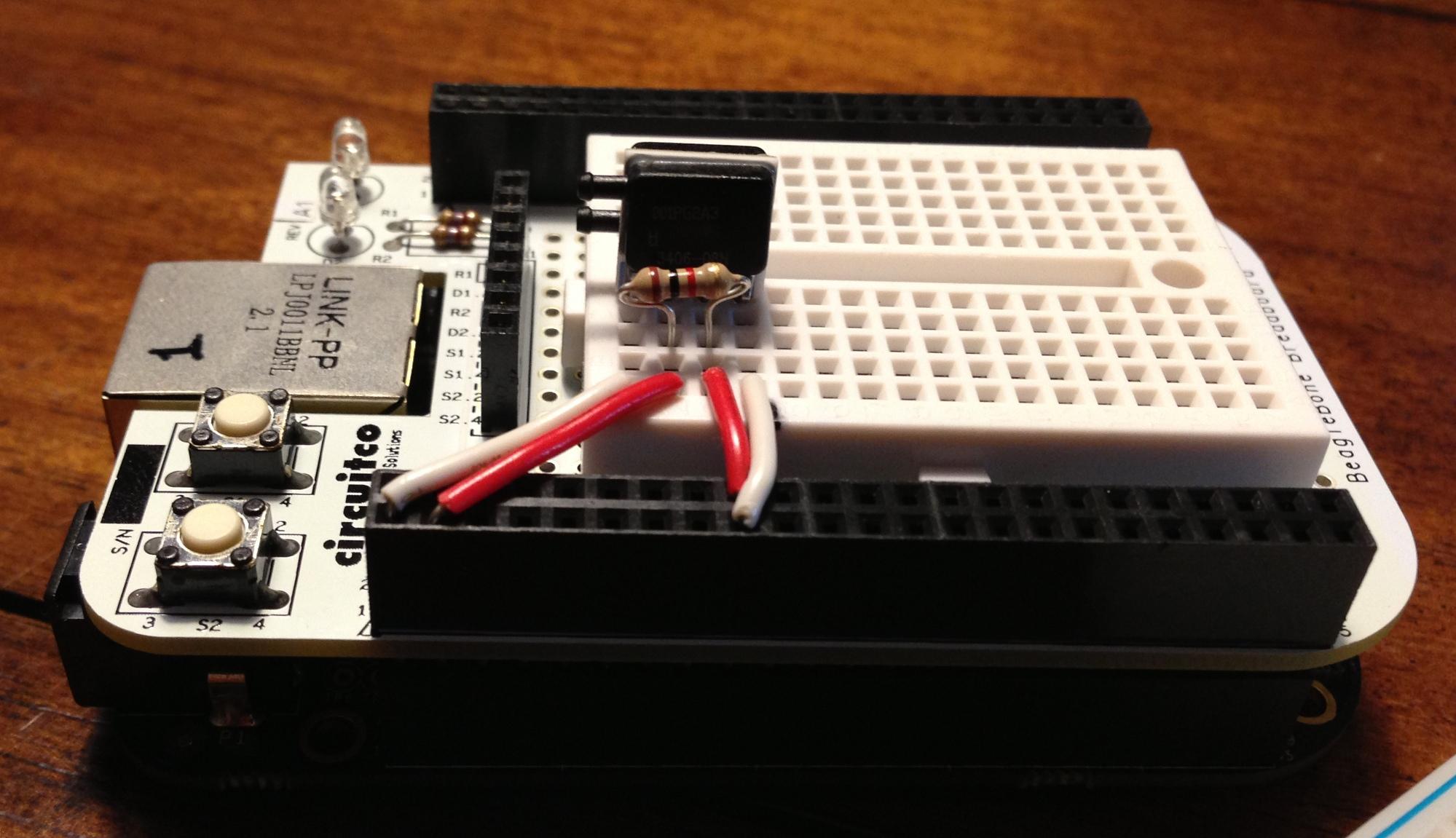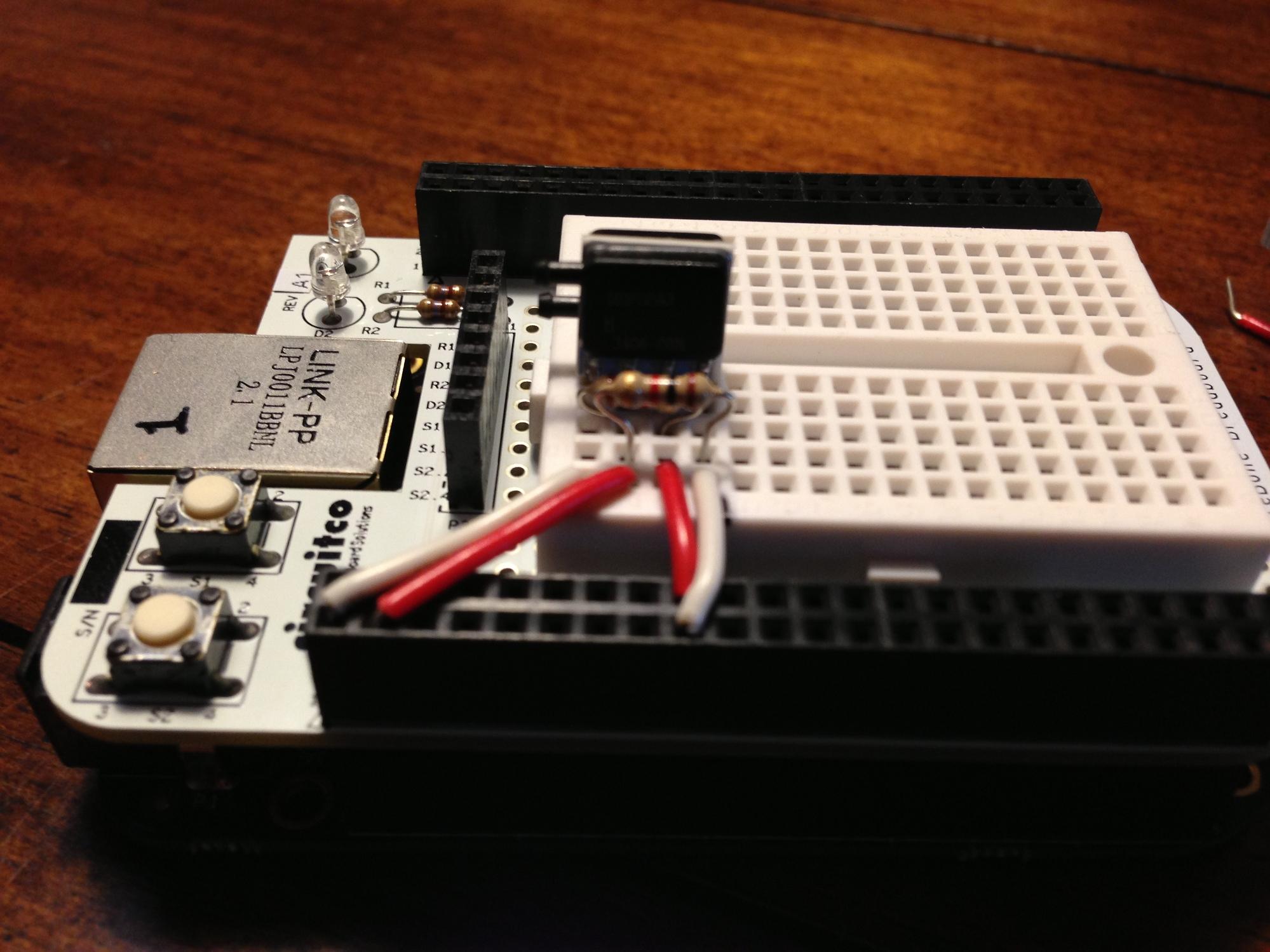Hello everyone!
I am currently trying to get my beaglebone black to communicate via the I2C_1 port to a honeywell pressure sensor. The interesting part is that I had it working, but when I went to change from a normal breadboard to the beaglebone black protocape for convenience in transportation, the sensor stopped communicating. I have attached the relevant data sheets and a couple pictures that show my breadboard. I made sure to show the prongs of each resistor so you could see where they were located. However, just in case it is not clear, I have the sensor plugged into breadboard rows 1,2,3 & 4; the resistors are 1K each, and are plugged into rows 2&3 and 2&4; and the rest should be apparent from the photos. Obviously, I am fairly new to this stuff. I cannot figure out if it is something super obvious that I am missing, or if there is something obscure hidden well within the linux OS that could be impacting the lack of communication.
Note: I did follow Derek Molloy’s video to get this far. I am using Ubuntu and i2cdetect/i2cdump to verify that the port is picking up the sensor address (0x28)
Thanks for any assistance in advance,
Jacob Stockton
HoneywellDPTDatasheet.pdf (1.12 MB)
BeagleboneBlackP9HeaderTable.pdf (110 KB)
Honeywell - I2C Comms Digital Output Pressure Sensors.pdf (212 KB)

